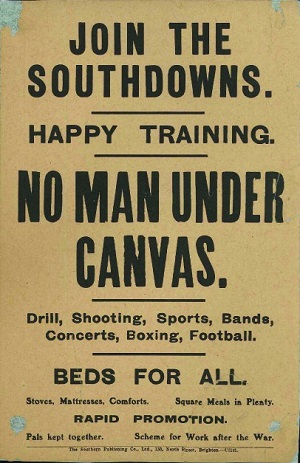
The Southdowns Battalions – The Battle of Boars Head 1916 Exhibition
“The Day Sussex Died”
Saturday 2nd July 2016
The third Heritage Lottery Award was received in January 2016. Research on casualties from the Storrington Roll Honour and War Memorials from surrounding villages provided additional interest for the community volunteers, the date of 30 June 1916.
Further research found our local men who had served with the Royal Sussex Regiment (Southdowns 11, 12,and 13 Battalions) had been involved in a diversionary attack near Richebourg l’Avoue, also known as the Boar’s Head.
Details of the Southdowns battalions and the attack are available within this website but it was a challenge for the community volunteers to research into this lesser known battle.
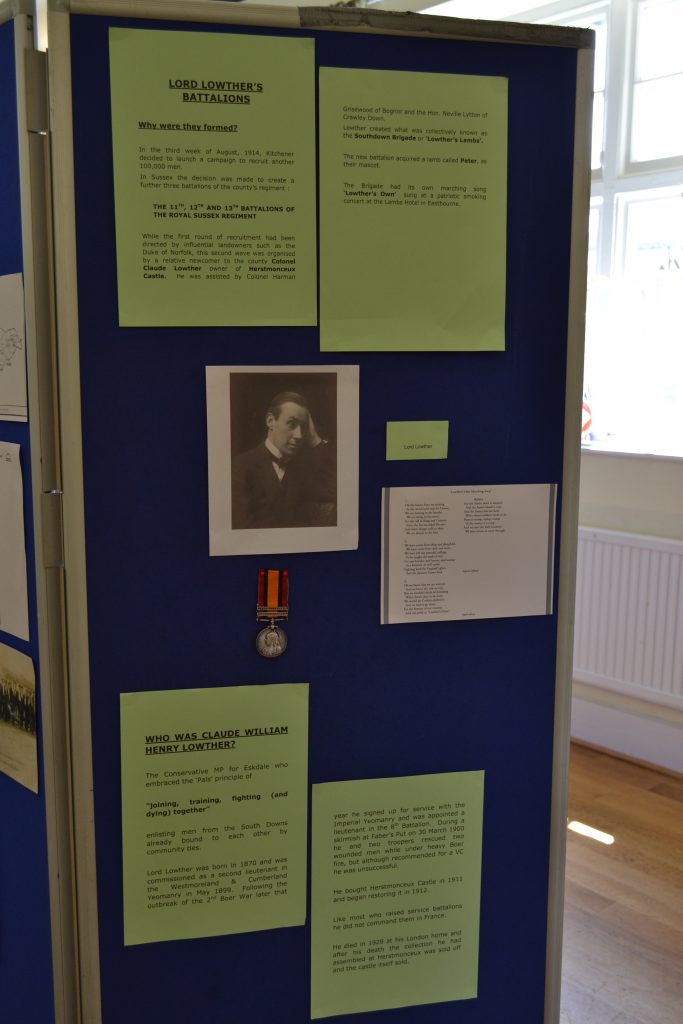
The 2016 exhibition covered the recruitment of Lord Lowther’s battalions
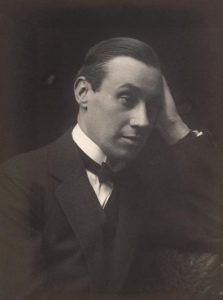
Claude Lowther was a Conservative Politician and owner and resident of Herstmonceux Castle in 1914. At the outbreak of war he raised ‘The Southdowns’; the 11th, 12th, and 13th Battalions of the Royal Sussex Regiment.
Recruitment and Training
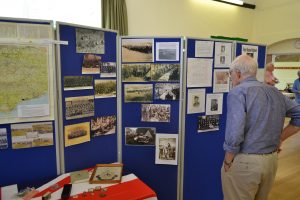
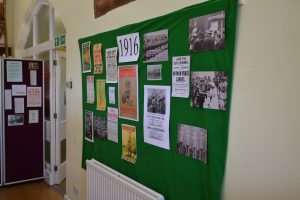
Training:
1 – Cooden Camp situated near Cooden Beach Golf Club the initial occupants of the camp were housed under canvas in the Lower Camp near the parade ground, with wooden huts constructed in the Upper Camp at the end of 1914.
The role and occupancy of Cooden Camp varied throughout the war. In September 1914, with permission from the War Office, Colonel Lowther began recruiting men for the 11th Battalion Royal Sussex Regiment. 1,100 men from the south coast signed up in 56 hours and it was decided to organise two more battalions the 12th and 13th Battalions of the Royal Sussex Regiment which became the 1st, 2nd and 3rd Southdown Battalions and were known as Lowther’s Lambs or the Southdowners. They were under canvas during the first weeks of their training, it was not till, the first weeks of December that they moved into huts in the Upper Camp. They were clothed, equipped and trained at Cooden Camp until the summer of 1915

2 –Detling Camp is an unspoiled village on the Pilgrims Way not far from Maidstone. There were two army camps and a Royal Flying Corps airfield
3- North Camp, Aldershot situated north of the Basingstoke Canal, North Camp, although the term formally applies to the military town, local shops and businesses in the area have developed into a small community known locally as ‘North Camp’.
Following the Barracks Act of 1890, North Camp was rebuilt, with barracks of Blenheim, Lille, Malplaquet, Oudenarde, Ramillies and Tournay forming the lines. The lines then became known as the Marlborough Lines. The barracks in this area commemorated the victories of John Churchill, First Duke of Marlborough, during the War of the Spanish Succession (1701-1713). Marlborough Lines formed the reconstructed North Camp.
4- Witley Camp, often simplified to Camp Witley, was a temporary army camp set up on Witley Common, Surrey, England during both the First and Second World Wars.
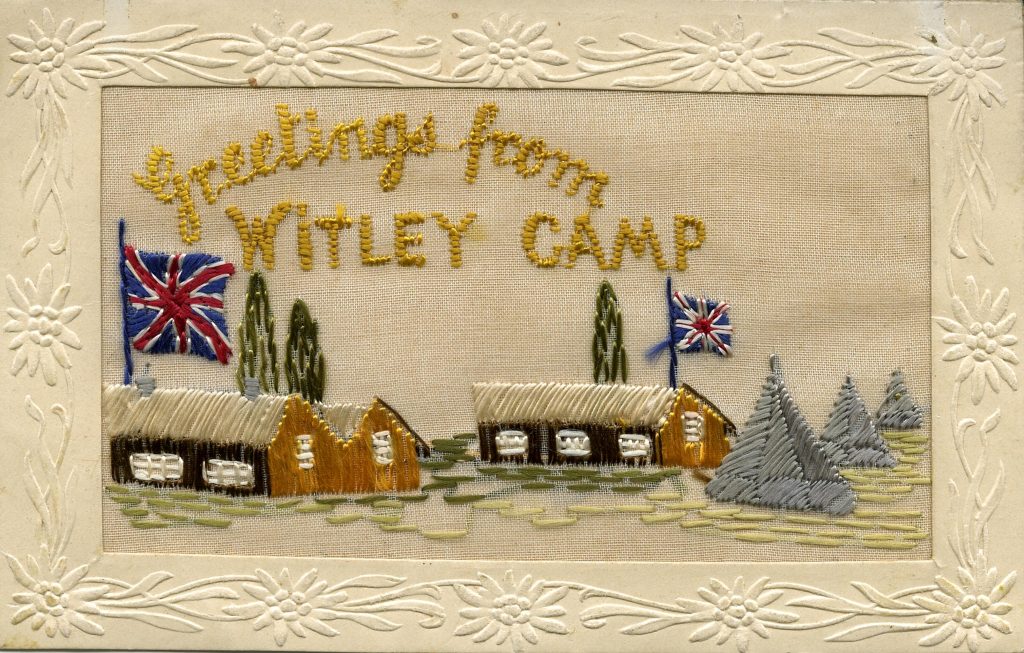
Maps plotted rest areas and trench training in the early months and a war diary was created incorporating all three battalions. The 517 casualties of the Southdowns Battalions were recorded from Pte Dunk (11 Battn) on the 12th March 1916 while training in the trenches up till Pte Frost (13 Battn) soon after the Battle of Boer’s Head
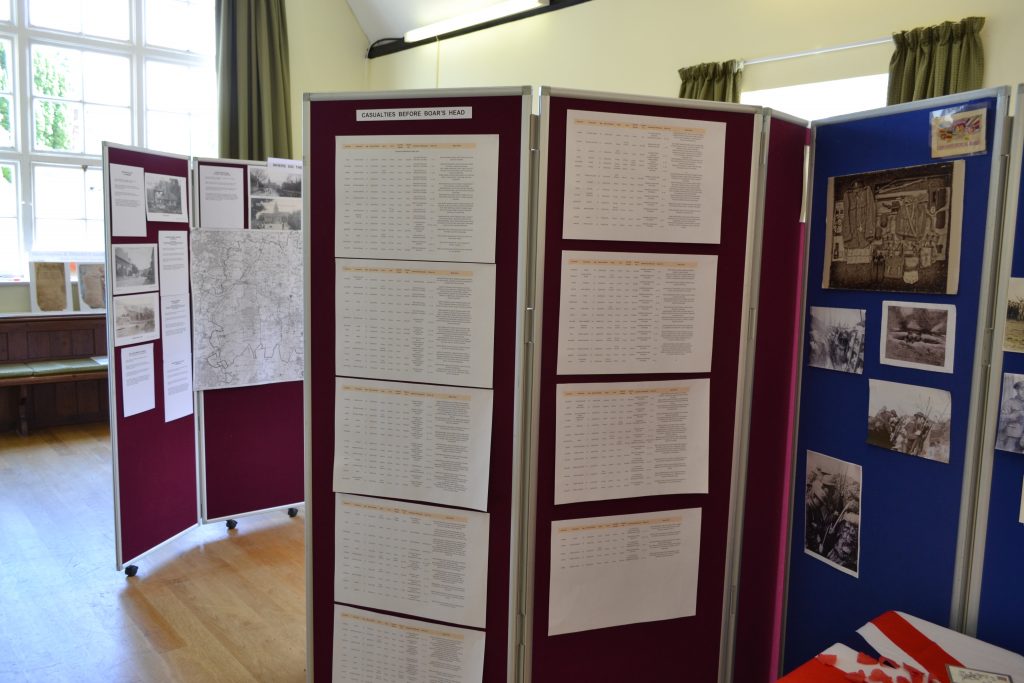
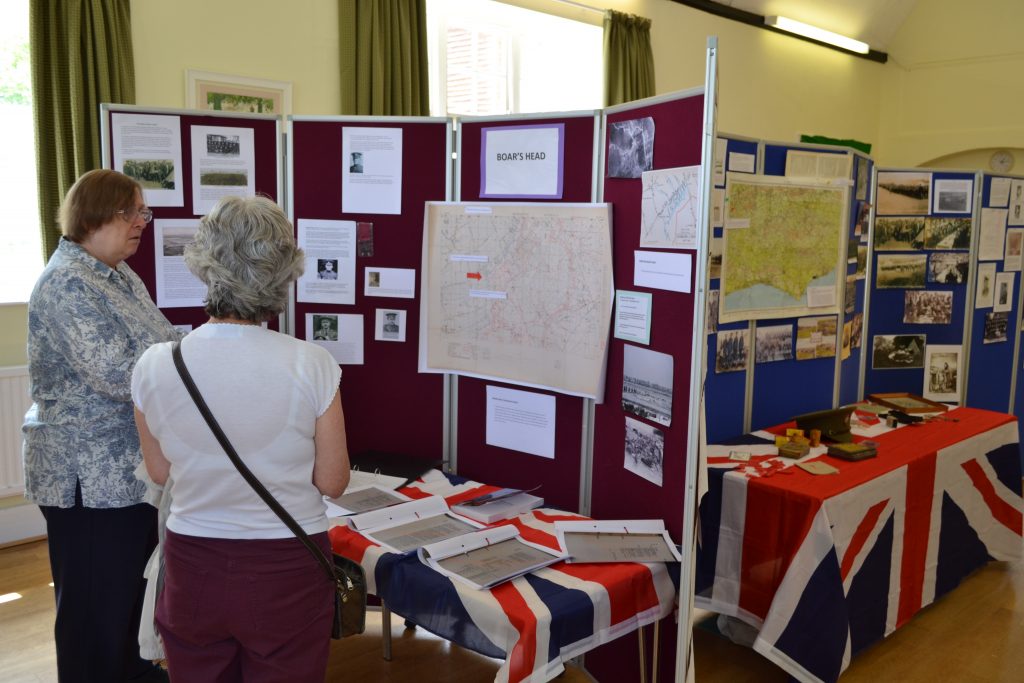
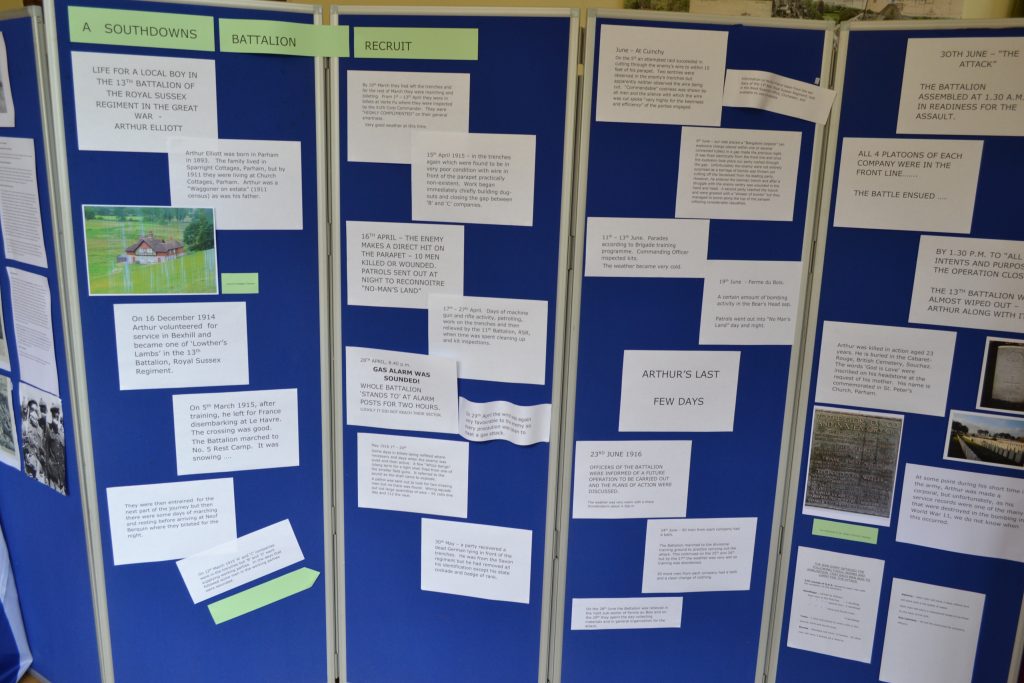
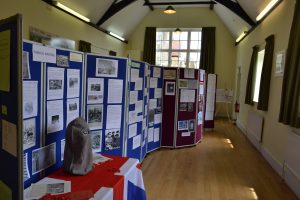
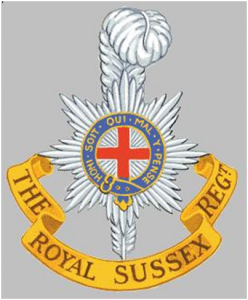 Royal Sussex Regimental History
Royal Sussex Regimental History
We were please to welcome during our research Colonel Arnold who gave a talk on the Royal Sussex Regiment which provided a greater understanding of the history of our county regiment.
